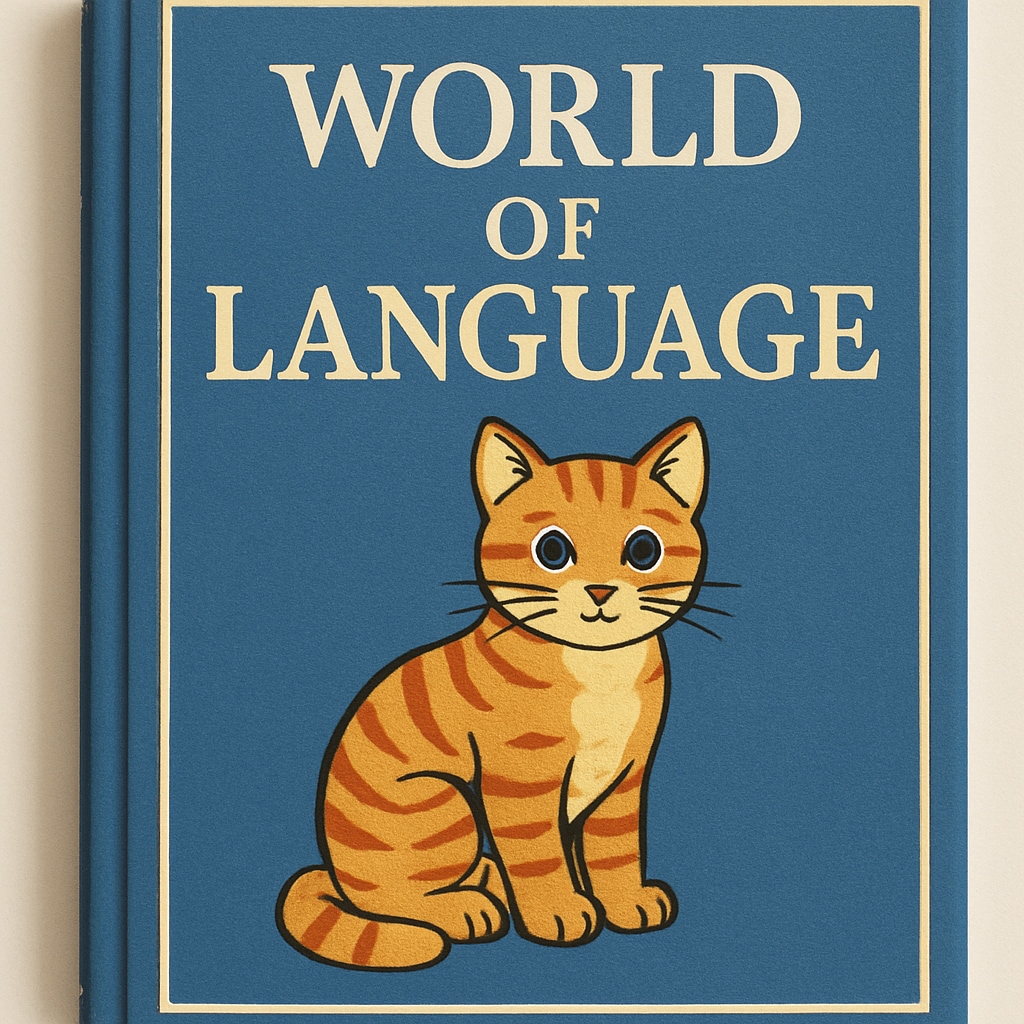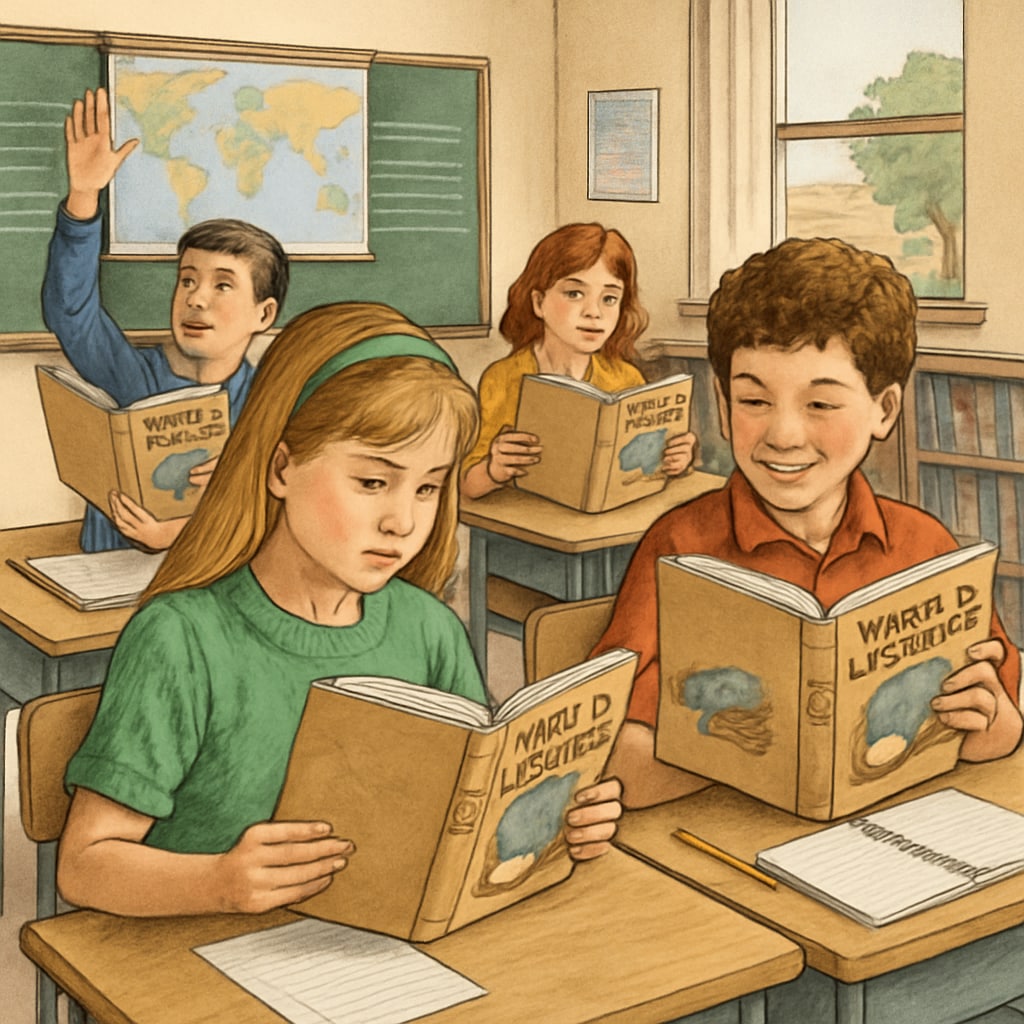The “World of Language” elementary school language textbook series, featuring its iconic third-grade edition with the charming cat cover, represents a cornerstone in language education for many students. This textbook not only taught foundational language skills but also instilled a love for words and storytelling. While the digital era offers an overwhelming variety of learning tools, the systematic, engaging, and in-depth approach of “World of Language” remains a shining example of effective pedagogy. Let’s revisit this classic series to understand its timeless appeal and the valuable lessons it holds for modern educators.
The Iconic Cat-Covered Edition: A Symbol of Language Learning
For many, the third-grade edition of “World of Language,” adorned with its memorable cat illustration, is more than just a book—it’s a symbol of childhood learning. The whimsical cover captured the imagination of young readers and enticed them to open its pages. Inside, the textbook introduced a carefully structured curriculum that combined grammar, vocabulary, creative writing, and reading comprehension.
What set this textbook apart was its balance between rigor and fun. Lessons were designed to be interactive, with colorful illustrations, relatable examples, and engaging exercises. For instance, students might learn sentence structure through a story about animals or practice punctuation with the help of playful riddles. This approach made learning both accessible and enjoyable, ensuring that students developed strong language skills without feeling overwhelmed.

Systematic and Comprehensive: The Educational Philosophy Behind “World of Language”
The “World of Language” series was meticulously crafted to provide a well-rounded language education. Each chapter built on the previous one, reinforcing key concepts while introducing new challenges. This incremental approach ensured that students developed a deep understanding of language mechanics over time.
Moreover, the textbook emphasized the interconnectedness of language skills. For example, a grammar lesson on subject-verb agreement might be followed by a creative writing prompt that encouraged students to apply what they had just learned. Reading comprehension exercises often included thought-provoking questions that encouraged critical thinking, helping students see language as a tool for expression and analysis.
In today’s fast-paced world of bite-sized learning apps, this level of depth and integration is rare. The “World of Language” series serves as a reminder of the value of comprehensive, long-term learning strategies.

Lessons for Modern Educators from a Classic Textbook
While technology has transformed education, the principles that made “World of Language” successful remain relevant. Here are some key takeaways for today’s educators:
- Focus on Depth: Instead of rushing through topics, provide students with ample opportunities to master each concept.
- Integrate Skills: Show students how grammar, vocabulary, and writing are interconnected, reinforcing their learning through practical application.
- Make Learning Fun: Use stories, games, and relatable examples to keep students engaged and motivated.
By incorporating these principles, educators can create a learning environment that is both effective and enjoyable, much like the “World of Language” series did.
Conclusion: The Enduring Legacy of “World of Language”
The “World of Language” series, with its iconic cat-covered third-grade edition, holds a special place in the hearts of those who grew up with it. Its thoughtful combination of structure, creativity, and engagement set a high standard for language education. As we navigate the challenges of modern teaching, the lessons of this classic textbook remain as relevant as ever.
In revisiting “World of Language,” we’re reminded that great education transcends time. By blending time-tested methods with modern tools, we can continue to inspire a love for language in future generations.
Readability guidance: This article uses short paragraphs and lists to enhance readability. The focus remains on the textbook’s educational philosophy while linking its lessons to contemporary teaching practices.


